Copper Plate for Crafting and DIY Projects
Buy high-quality copper plates for crafting and DIY projects directly from our factory. Perfect for creating stunning home decor pieces. Shop now!
Request a QuotePRODUCTS DETAILS
Hot Products

Hot Rolled Steel Billets 1/6 60mm-150mm Q235 5SP
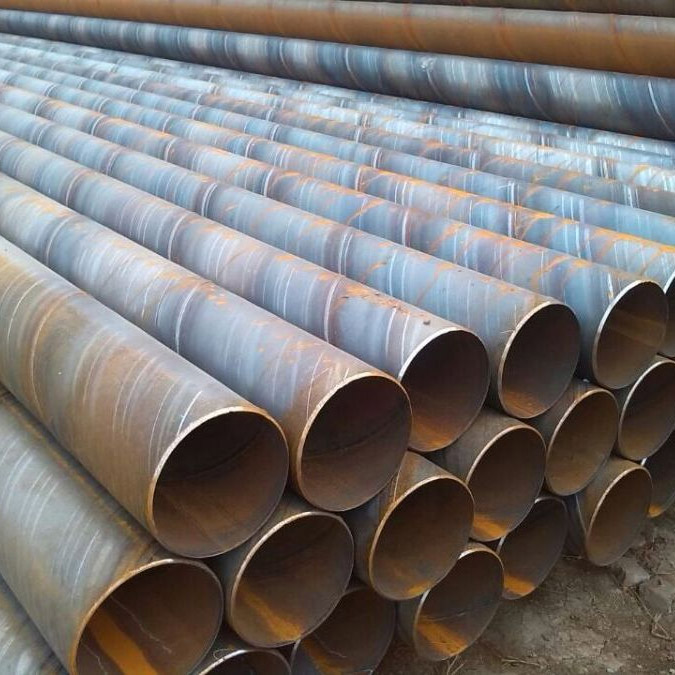
High-Quality Carbon Steel Materials for Industrial Use

Gi Coil 0.16mm 0.20mm Gi Hot Rolled 55% Galvalume Steel Coil

High Quality Black Square and Rectangular Steel Pipes and Tubes
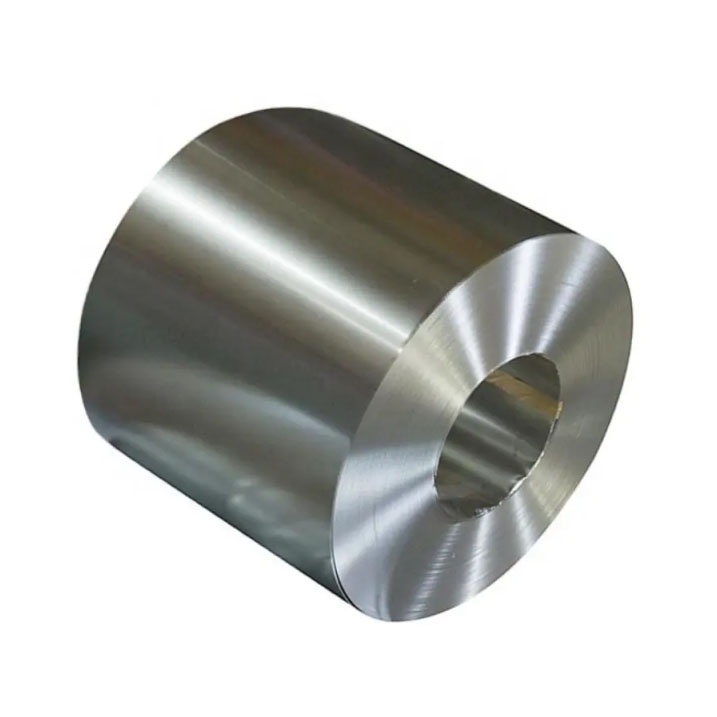
Secondary Grade Tin Coated Steel Tinplate Sheets and Coils for Oil
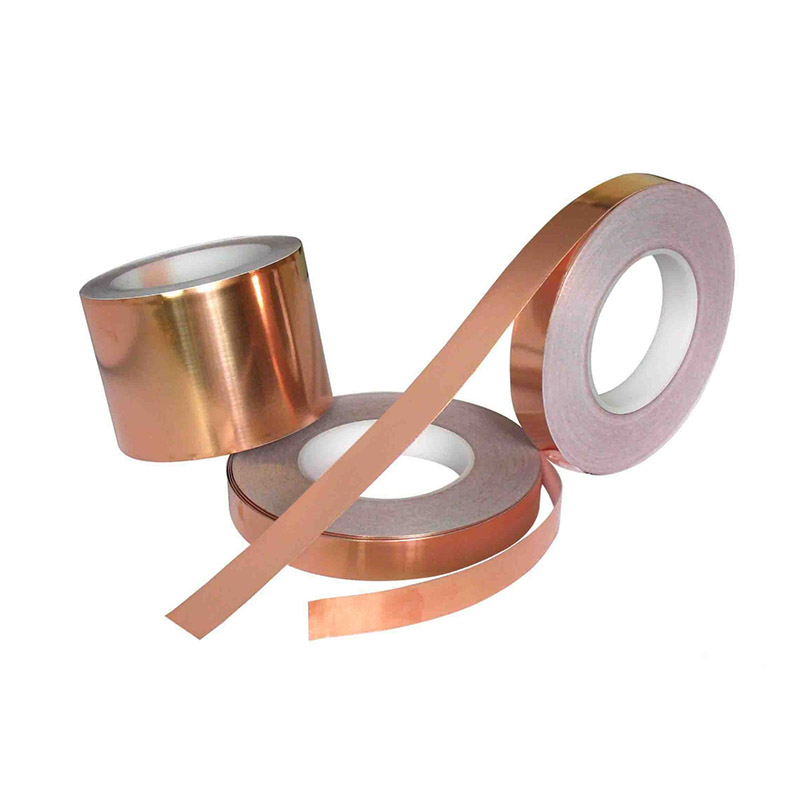
Premium Copper Strip for Industrial Use

Customized Size 201 304 316 316L 310S Stainless Steel Pipe
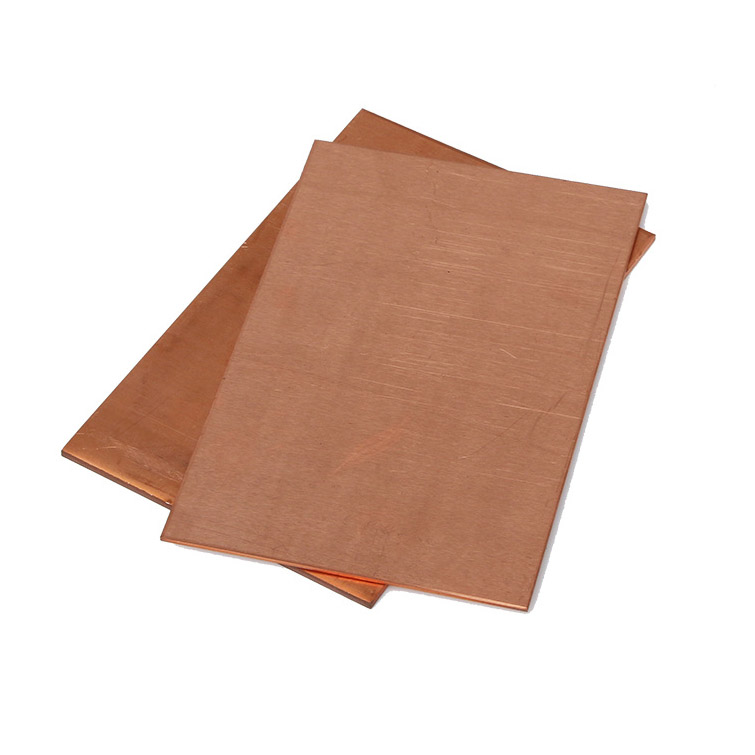
Copper Plate for Crafting and DIY Projects

High Quality Hot Sale 6mm Thick ASTM 304 904
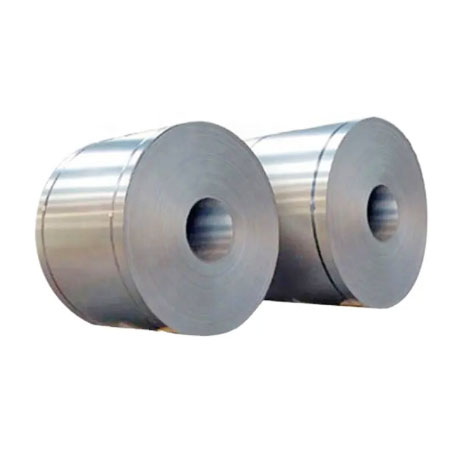
Galvanized galvalume Aluminized zinc steel coil
Contact us
Please feel free to give your inquiry in the form below We will reply you in 24 hours


